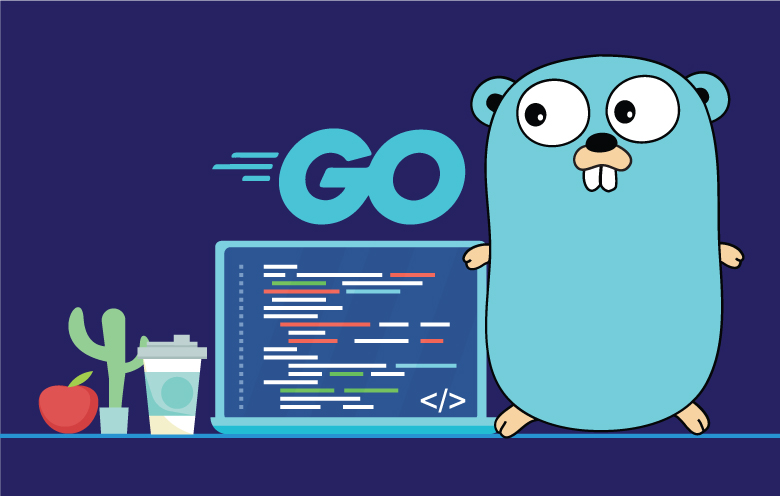Description
TABLE OF CONTENT
1. Introduction to Go
1.1 What is Go?
1.2 History and Motivations
1.3 Key Features
2. Setting Up Go Environment
2.1 Installing Go
2.2 Setting up GOPATH and GOROOT
2.3 Using the Go Command-Line Tools
3. Hello World in Go
3.1 Writing Your First Go Program
3.2 Understanding Packages and Imports
3.3 Compiling and Running a Go Program
4. Basic Syntax
4.1 Variables and Data Types
4.2 Constants
4.3 Operators
4.4 Control Flow (if, switch, for)
5. Functions
5.1 Declaring and Defining Functions
5.2 Function Parameters and Return Values
5.3 Variadic Functions
5.4 Anonymous Functions
6. Data Structures
6.1 Arrays and Slices
6.2 Maps
6.3 Structs
7. Pointers
7.1 Understanding Pointers
7.2 Pointers and Functions
7.3 Memory Management in Go
8. Concurrency
8.1 Goroutines
8.2 Channels
8.3 Sync Package
9. Error Handling
9.1 Error Types in Go
9.2 Panic and Recover
9.3 Handling Errors Gracefully
10. Packages and Libraries
10.1 Creating and Using Packages
10.2 Importing and Using External Libraries
10.3 The Go Standard Library
11. Testing in Go
11.1 Writing Unit Tests
11.2 Running Tests
11.3 Writing Benchmarks
12. Web Development with Go
12.1 Introduction to Web Frameworks (e.g., Gin, Echo)
12.2 Handling HTTP Requests and Responses
12.3 Building a Simple Web Application
13. Database Access
13.1 Connecting to Databases
13.2 CRUD Operations with Go and Databases
14. RESTful APIs
14.1 Designing RESTful APIs
14.2 Implementing RESTful Services in Go
Conclusion
Go programming offers a powerful yet streamlined language designed for efficiency and scalability. By mastering Go, developers gain the ability to build fast, concurrent, and highly reliable applications. Go’s simplicity, paired with its powerful concurrency model, positions it as an excellent language for tackling modern software development challenges, from backend services to cloud-native applications.
If you are looking for customized info, Please contact us here







Reviews
There are no reviews yet.